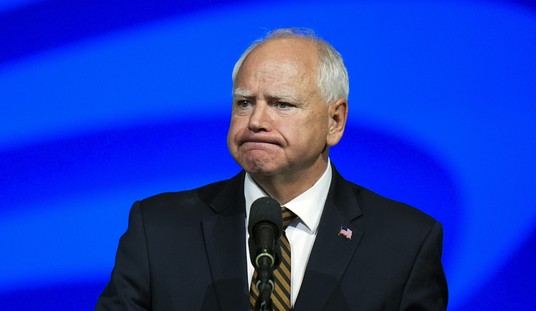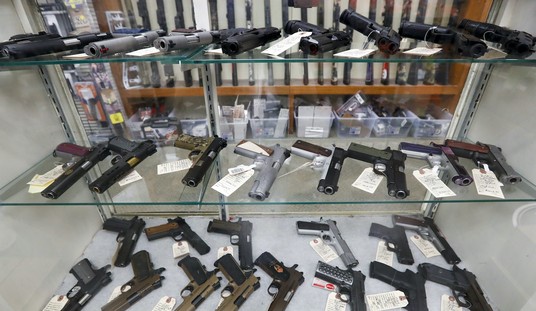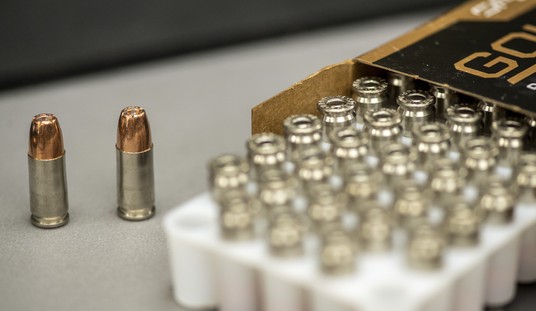Whenever the gun debate is sparked, someone will typically tout the total number of “gun deaths” as evidence that we should enact all kinds of gun control measures, usually anything from universal background checks to total licensing for gun ownership. The number of deaths, usually around 36,000 but varying from year to year, is big enough to scare a whole lot of people.
The problem, though, is that about two-thirds of those “gun deaths” are suicides.
Now, anyone with a somewhat functioning brain knows that suicides and murders are very different acts. In fact, many on the pro-gun side reject the idea of gun control curbing suicides at all. Even red flag laws, a measure that has been specifically touted as a means of combatting suicides, doesn’t really seem to help the issue.
Yet a recent post over at Medium looked at the homicide and suicide rates by county, using a graphic map, and found something quite interesting. I’m not posting the images because they’re not mine to post, but go take a look at the original piece.
The first map shows big swaths of red in the generally “red state” areas of the country, and most of the social media dialog I’ve tracked on these maps boils down to red-state political bashing and gun bashing. But there are very important things to be gleaned from the following two maps, which dis-aggregate the deaths by homicide and suicide.
…
Gun suicides account for about two thirds of gun deaths, so this map is going to look generally like the first one. No huge surprises here. But there are many regions red in the “deaths” map that flip blue in the “suicide” map, and the reason why is clear when you look at the “homicide” map, here:
…
Look at the differences in these last two maps.
We hear a lot of banter from the “anti-gun” media that these problems are gun problems, and they’ve concocted this “gun deaths” number in order to lump these into the same problem and gloss over the differences. But if the problem were “guns,” then the hot spots on the suicide map and the hot spots on the homicide map would coincide, and would be related to gun ownership rates. There are only a few places where they overlap. Most of the hot zones for suicide have low homicide rates, and most of the hot zones for homicide have low suicide rates. The difference is stark. Let’s zoom in.
In other words, gun death rates in various areas aren’t all created equal.
Anti-gunners tend to freak if you suggest focusing on mental health instead of gun control, but based on the raw numbers alone you can see how combatting depression and trying to prevent the mechanisms that lead to someone wanting to commit suicide would have a positive impact on “gun death rates” as a whole. Yet we’re somehow still wrong to suggest it.
What this analysis does find, however, is something that we’re not likely to see mentioned in the mainstream media, and I understand why. You see, the gun homicide rates tend to have a broader impact on the black community. Culturally, the local black communities also contain the sub-communities most likely to engage in gun violence.
It’s important to understand a few things, first and foremost. One is that this violence doesn’t take place in that community simply because they’re black. There’s nothing in the makeup of any ethnicity that makes them predisposed to violence. Instead, it’s almost coincidental that the violence is happening within that community.
Another is that there may, indeed, be a link between violence and poverty, and that’s also why I say it’s “almost coincidental” the black community is the home of this violence. Inner-city, poor neighborhoods are almost universally black neighborhoods, after all. Poverty appears to be a significant driving force behind much of the gun violence problem, a problem that’s being reduced but where more can be done.
This, however, ties in with something I’ve written previously. In particular, how the violence in our inner cities stems from a relatively small group of people within those cities.
What we can see from this is that there are definite roots to violence that need to be addressed, but we need to target the right efforts in the right places. Rural communities would benefit from better mental health resources, while inner-city communities need something to redirect the energies and frustrations of the poor, crime-ridden populations into something more meaningful.
Honestly, none of this should be groundbreaking news, but that leads to a bigger question. Why is it, then?








